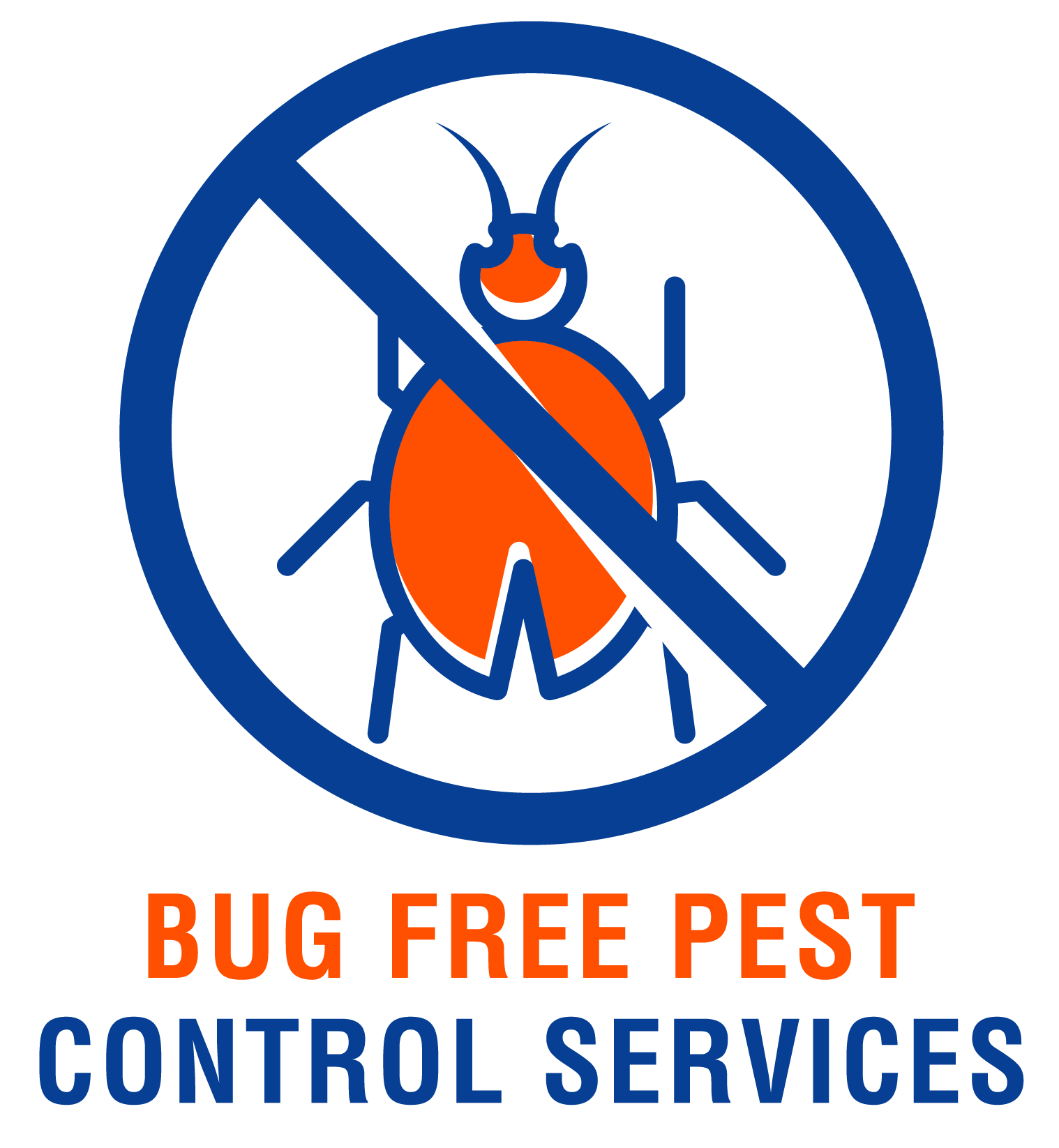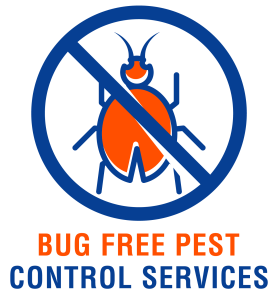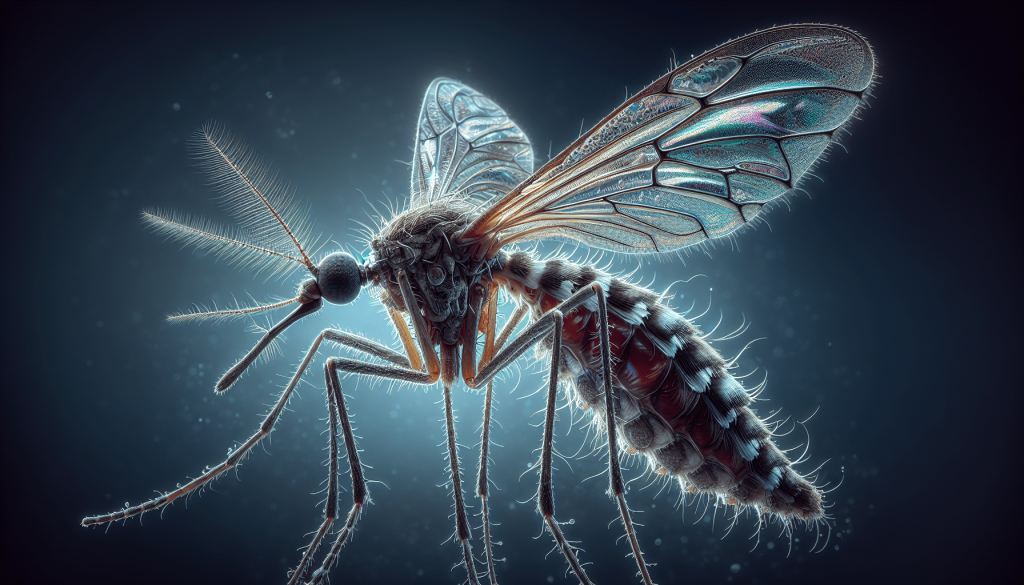Mosquito-borne diseases are becoming an increasing concern worldwide, as these tiny pests continue to spread harmful illnesses. From the Zika virus to dengue fever and malaria, these diseases are not only impacting human health but also posing a significant challenge for public health systems. In this article, I will explore the various mosquito-borne diseases that are being transmitted, the regions most affected, and the measures being taken to combat this global health threat.
Introduction to mosquito-borne diseases
Mosquito-borne diseases are illnesses that are transmitted to humans and animals through the bites of infected mosquitoes. These tiny, buzzing creatures have been responsible for causing numerous health concerns worldwide. In this article, I will provide an overview of mosquito-borne diseases, exploring their definitions, common types, and the impact they have on public health.
Definition of mosquito-borne diseases
Mosquito-borne diseases refer to infectious diseases that are transmitted to humans and animals through the bite of infected mosquitoes. These diseases are caused by various pathogens, including viruses, bacteria, and parasites, which are transferred to the bloodstream when an infected mosquito feeds on a host.
Overview of common mosquito-borne diseases
There are several common mosquito-borne diseases that pose a significant threat to global health. These diseases vary in terms of severity, symptoms, and geographical distribution. Some of the most well-known mosquito-borne diseases include malaria, dengue fever, Zika virus, chikungunya, yellow fever, West Nile fever, Japanese encephalitis, and filariasis. Each of these diseases has its distinct characteristics, but they all share the common mode of transmission through mosquito bites.
Mosquitoes as disease vectors
Mosquitoes play a crucial role in the transmission of mosquito-borne diseases. Female mosquitoes are the ones responsible for transmitting pathogens to humans and animals as they require a blood meal for egg development. When a female mosquito feeds on an infected host, the pathogen enters her body, and it subsequently spreads to new hosts through her bites.
Types of mosquitoes that transmit diseases
Not all mosquito species are capable of transmitting diseases. The responsibility lies with specific species known as vectors. Different diseases have different vector mosquitoes. For example, malaria is primarily transmitted by Anopheles mosquitoes, while Aedes mosquitoes are known to spread dengue fever, Zika virus, and chikungunya. Understanding the specific vector for each disease is important for developing effective prevention and control strategies.
Common mosquito-borne diseases
Let’s delve into some of the common mosquito-borne diseases and explore their characteristics, symptoms, and geographical distribution.
Malaria
Malaria is one of the most prevalent and deadly mosquito-borne diseases globally, particularly in tropical and subtropical regions. It is caused by Plasmodium parasites, which are transmitted through the bites of infected Anopheles mosquitoes. Malaria presents with symptoms such as high fever, chills, headache, and fatigue. Without timely treatment, severe cases can lead to organ failure and death.
Dengue fever
Dengue fever, caused by the dengue virus, is a widespread mosquito-borne disease in tropical and subtropical regions. It is transmitted by Aedes mosquitoes, primarily the Aedes aegypti species. Dengue fever is characterized by symptoms such as high fever, severe headache, joint and muscle pain, rash, and fatigue. In severe cases, it can progress to dengue hemorrhagic fever or dengue shock syndrome, which can be life-threatening.
Zika virus
Zika virus garnered global attention in recent years due to its association with birth defects and neurological complications. The primary route of transmission is through the bites of infected Aedes mosquitoes, particularly Aedes aegypti. Zika virus infection often presents with mild symptoms, including fever, rash, joint pain, and conjunctivitis. However, it can have severe consequences for pregnant women, leading to birth defects such as microcephaly in newborns.
Chikungunya
Chikungunya is an emerging mosquito-borne disease caused by the chikungunya virus, which is transmitted by Aedes mosquitoes. It is characterized by symptoms such as high fever, severe joint pain, headache, muscle pain, rash, and fatigue. Chikungunya outbreaks have been reported in various parts of the world, causing significant morbidity among affected populations.
Yellow fever
Yellow fever is a viral disease transmitted by infected Aedes or Haemagogus mosquitoes. It predominantly affects populations in tropical areas of Africa and South America. Yellow fever can range from mild to severe, with symptoms including fever, jaundice, muscle pain, headache, and vomiting. Severe cases can progress to multi-organ failure, resulting in death.
West Nile fever
West Nile fever is caused by the West Nile virus, which is transmitted by infected Culex mosquitoes. It is prevalent in regions around the world, including North America, Europe, Africa, and the Middle East. The majority of infected individuals experience mild symptoms or remain asymptomatic, but severe cases can result in neurological complications such as encephalitis or meningitis.
Japanese encephalitis
Japanese encephalitis is a viral infection transmitted by infected Culex mosquitoes, prevalent in many Asian countries. Most infections are asymptomatic or cause only mild illness. However, severe cases can present with symptoms such as high fever, headache, neck stiffness, disorientation, and even coma. Japanese encephalitis can lead to permanent neurological damage or death.
Filariasis
Filariasis, commonly known as elephantiasis, is a parasitic disease caused by Wuchereria bancrofti, Brugia malayi, and Brugia timori worms. It is transmitted through the bites of infected mosquitoes, mainly the Anopheles and Aedes species. Filariasis often leads to the development of lymphedema, causing severe swelling and disfigurement in affected body parts.
Factors influencing the spread of mosquito-borne diseases
The spread of mosquito-borne diseases is influenced by various factors, which contribute to their prevalence and distribution. Understanding these factors is crucial for effective disease control and prevention strategies.
Climate and environmental factors
Mosquitoes and the diseases they transmit thrive in specific climate and environmental conditions. Warm and humid environments provide optimal conditions for mosquito breeding, survival, and replication of pathogens. Changes in climate patterns, such as increased temperatures or altered rainfall patterns, can impact mosquito populations, disease transmission dynamics, and the geographical range of diseases.
Urbanization and population density
Rapid urbanization and population growth contribute to the spread of mosquito-borne diseases. Unplanned urban development often leads to inadequate sanitation, improper waste management, and increased human-mosquito contact opportunities. Urban areas with high population densities provide abundant blood sources for mosquitoes and create favorable environments for disease transmission.
Travel and globalization
The ease of modern travel and increased globalization has facilitated the rapid spread of mosquito-borne diseases across borders. Infected individuals can unknowingly carry pathogens to regions where the disease is not endemic, introducing new transmission cycles and potentially causing outbreaks. International travel also plays a role in the importation of diseases, as mosquitoes carrying pathogens can be transported in luggage or cargo.
Socioeconomic factors
Socioeconomic factors, such as poverty and limited access to healthcare, greatly influence the prevalence and impact of mosquito-borne diseases. Impoverished communities often lack basic resources, including proper housing, clean water, and mosquito control measures, making them more vulnerable to vector-borne infections. Access to timely diagnosis and treatment is critical in reducing the burden of these diseases.
Poor sanitation and waste management
Inadequate sanitation and poor waste management practices contribute to the proliferation of mosquito populations. Accumulated stagnant water in discarded containers, open sewage systems, and improper disposal of waste provide ideal breeding sites for mosquitoes. Addressing these issues through improved sanitation and waste management is crucial in reducing the risk of mosquito-borne diseases.

Geographical distribution of mosquito-borne diseases
Mosquito-borne diseases exhibit different patterns of geographical distribution, with some diseases endemic to specific regions while others have a global reach. Understanding the geographical distribution helps in identifying areas of high prevalence and implementing targeted control and prevention measures.
Regions with high prevalence of malaria
Malaria has a significant impact on public health in tropical and subtropical regions of the world. Sub-Saharan Africa bears the highest burden, accounting for the majority of global malaria cases and deaths. Other regions with high malaria prevalence include parts of Asia and the Americas.
Global distribution of dengue fever
Dengue fever is endemic in over 100 countries, predominantly in tropical and subtropical regions. Southeast Asia, the Western Pacific, and the Americas report the highest number of dengue cases. Populations in urban areas with a high population density and inadequate mosquito control measures are at greater risk.
Zika virus outbreaks and affected countries
Zika virus outbreaks have occurred in various countries, primarily in the Americas, Asia, and the Pacific. Brazil experienced a significant outbreak in 2015, with widespread transmission and associated birth defects. As the Zika virus is primarily transmitted by Aedes mosquitoes, regions with high Aedes mosquito populations are susceptible to outbreaks.
Chikungunya hotspots
Chikungunya has shown increasing incidence and geographical expansion in recent years. Outbreaks have been reported in regions such as Africa, the Indian Ocean islands, Southeast Asia, and the Americas. The presence of Aedes mosquitoes, particularly Aedes aegypti and Aedes albopictus, is closely linked to the geographical distribution of chikungunya.
Yellow fever endemic regions
Yellow fever is endemic in parts of Africa and South America, with countries in Sub-Saharan Africa and the Amazon region being the most affected. Authorities in these regions often implement vaccination campaigns to control the disease. Travelers visiting endemic areas are advised to receive the yellow fever vaccine before their trip.
West Nile virus in different parts of the world
The West Nile virus is widely distributed across various regions, including North America, Europe, Africa, and the Middle East. Certain areas experience periodic outbreaks, while others report sporadic human cases. Culex mosquitoes, the primary vectors of the West Nile virus, are widely distributed, leading to its global presence.
Japanese encephalitis in Asia
Japanese encephalitis is endemic in many Asian countries, particularly those in East and South Asia. Rural agricultural areas, where rice cultivation and pig farming are prevalent, tend to have higher transmission rates. Vaccination campaigns have been successful in reducing the burden of Japanese encephalitis in some regions.
Filariasis in tropical and subtropical areas
Filariasis is primarily found in tropical and subtropical regions of the world, including Africa, Asia, the Pacific, and parts of the Americas. The distribution of filariasis is closely tied to the presence of specific mosquito vectors and the socioeconomic conditions of affected communities.
Impact on public health
Mosquito-borne diseases have significant implications for public health, affecting millions of individuals worldwide. Understanding the impact of these diseases helps in assessing the burden on healthcare systems and implementing appropriate control measures.
Morbidity and mortality rates
Mosquito-borne diseases contribute to substantial morbidity and mortality rates globally. Malaria, in particular, is a leading cause of death, especially among children under the age of five in sub-Saharan Africa. Other diseases, such as dengue fever, can result in severe complications and fatalities in severe cases.
Challenges in disease surveillance and control
Surveillance and control of mosquito-borne diseases pose significant challenges, especially in resource-limited settings. Limited healthcare access, lack of diagnostic facilities, and difficulties in accurately tracking disease transmission make it challenging to implement effective control strategies. Strengthening disease surveillance systems and improving access to timely diagnosis are essential steps in controlling these diseases.
Burden on healthcare systems
Mosquito-borne diseases can place a tremendous burden on healthcare systems, particularly in regions with high disease prevalence. The influx of patients with symptoms ranging from mild to severe strains healthcare resources. Adequate medical facilities, trained healthcare professionals, and essential medications are essential to manage the influx of patients and provide timely treatment.
Economic impact
Mosquito-borne diseases also have a significant economic impact, both at the individual and national levels. The cost of treating infected individuals, loss of productivity due to illness, and expenses associated with vector control efforts can create a financial burden. Tourism can also suffer in areas affected by mosquito-borne diseases, impacting revenue and economic growth.
Prevention and control measures
Prevention and control play crucial roles in reducing the burden of mosquito-borne diseases. A comprehensive approach, including various strategies, is necessary to combat these diseases effectively.
Mosquito control strategies
Mosquito control strategies aim to reduce the mosquito population and minimize contact between mosquitoes and humans. These strategies may include the use of larvicides to target mosquito breeding sites, indoor residual spraying with insecticides, and the implementation of mosquito-proofing measures, such as screens on windows and doors. Public health authorities and communities must collaborate to implement and sustain effective mosquito control programs.
Personal protection methods
Personal protection methods are essential in minimizing mosquito bites and reducing the risk of mosquito-borne diseases. These include wearing protective clothing, using insect repellents, and sleeping under insecticide-treated bed nets. Individuals residing in or traveling to areas endemic for mosquito-borne diseases should follow recommended personal protection measures to reduce their risk of infection.
Vaccines and antiviral drugs
Vaccines and antiviral drugs are critical tools in preventing and treating certain mosquito-borne diseases. Effective vaccines are available for diseases such as yellow fever and Japanese encephalitis. Research efforts are underway to develop vaccines for other diseases, including dengue fever and Zika virus. Antiviral drugs may also be used to treat specific infections, providing relief to affected individuals.
Community-based interventions
Community involvement is crucial in the prevention and control of mosquito-borne diseases. Community-based interventions may include health education campaigns, raising awareness about disease transmission and prevention measures, and community clean-up initiatives to eliminate mosquito breeding sites. Engaging communities empowers individuals to actively participate in disease control efforts and promotes sustainable practices.
Emerging and re-emerging mosquito-borne diseases
The emergence and re-emergence of mosquito-borne diseases pose ongoing challenges and require continuous vigilance. These phenomena can be attributed to various factors, including changes in environmental conditions, human behavior, and viral mutations.
Challenges posed by new diseases
The emergence of new mosquito-borne diseases presents challenges to public health authorities and healthcare systems. These diseases may be unfamiliar, making diagnosis and treatment more difficult. Additionally, the lack of established control measures and vaccines for new diseases requires rapid research and response efforts.
Resurgence of previously controlled diseases
Some mosquito-borne diseases, once brought under control, can experience resurgences. Factors such as decreased immunity, waning public health interventions, and the introduction of new strains can contribute to the resurgence of previously controlled diseases. Maintaining ongoing surveillance systems and disease control efforts is crucial in preventing the resurgence of these diseases.
Research and innovation in mosquito-borne disease management
Advancements in research and innovation have played a vital role in the management of mosquito-borne diseases. Ongoing efforts aim to develop new tools, technologies, and strategies to improve disease prevention, diagnosis, and treatment.
Genetic modification of mosquitoes
Genetic modification of mosquitoes is an innovative strategy being explored to combat mosquito-borne diseases. This approach involves altering the genes of mosquitoes to reduce their ability to transmit pathogens or to render them incapable of reproducing. Genetic modification holds promise in reducing mosquito populations and interrupting disease transmission cycles.
Development of new insecticides
The development of new insecticides is essential in combating insecticide resistance among mosquito populations. Research is ongoing to identify and develop effective insecticides with novel modes of action. These insecticides aim to specifically target mosquitoes while minimizing harm to the environment and non-target organisms.
Advances in diagnostic tools
Advances in diagnostic tools have improved the accuracy and efficiency of diagnosing mosquito-borne diseases. Innovative techniques, such as rapid diagnostic tests and molecular assays, allow for quicker and more accurate detection of pathogens. Early and accurate diagnosis is crucial in initiating appropriate treatment and controlling disease spread.
Global collaborations and initiatives
Global collaborations and initiatives have been instrumental in addressing the challenges posed by mosquito-borne diseases. Organizations such as the World Health Organization (WHO), research institutions, and governments work together to share knowledge, resources, and best practices. Collaborative efforts aim to strengthen disease surveillance, control programs, and promote research in neglected areas.
Conclusion
Mosquito-borne diseases continue to be a significant public health concern worldwide, causing morbidity, mortality, and economic burden. Understanding the different types of diseases, their transmission dynamics, and geographical distribution is crucial in implementing effective prevention and control strategies. Ongoing research, innovation, and global collaborations are essential in combating these diseases and reducing their impact on individuals and communities. Continued efforts in disease control, surveillance, and public education are vital in curbing the spread of mosquito-borne diseases and ensuring a healthier future for all.




